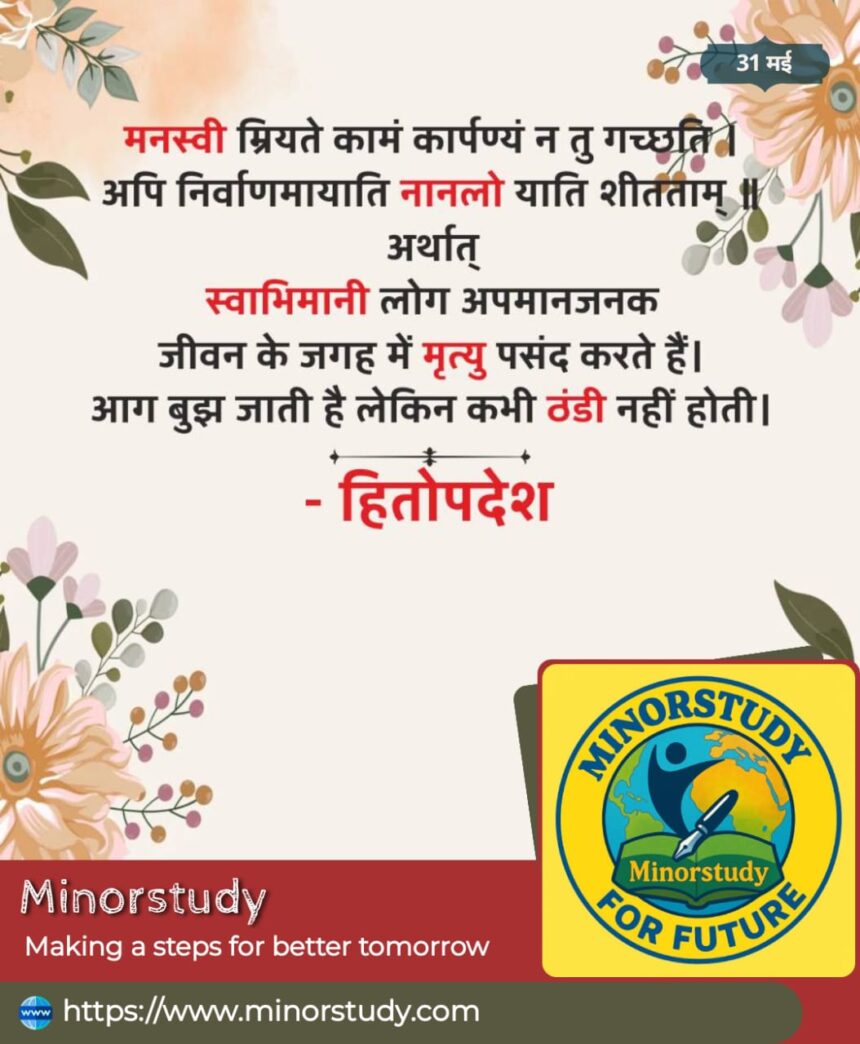📚 Introduction: Why Hitopadesha Still Matters in the Modern World
Hitopadesha: In a fast-moving, digitally driven world, where values often take a backseat, ancient wisdom still lights our way — and one shining lamp is the Hitopadesha. A treasure trove of moral stories, practical life advice, and eternal truths, this Sanskrit classic was crafted to guide young minds and mature hearts alike.
- 🕉️ History of Hitopadesha
- 🕰️ Timeline of the Hitopadesha
- 📘 Hitopadesha at a Glance – Key Facts
- ❓ FAQs on Hitopadesha
- 🌈 Significance of Hitopadesha
- 🎉 Wishing Lines Inspired by Hitopadesha
- 🧬 Importance in Our Daily Life
- 📌 Important Points to Remember
- 🪔 Observance and Usage
- 🧭 Importance in Society
- 🔚 Conclusion: Hitopadesha – The Guidebook for a Better You
The name Hitopadesha literally means “beneficial instruction” — a guide to ethical living, wise thinking, and strategic behavior. It is not just a book of tales; it’s a blueprint for navigating relationships, leadership, and personal growth.
🕉️ History of Hitopadesha
The Hitopadesha is believed to have been written around the 12th century CE by a scholar named Narayana Pandit. It draws heavily from Panchatantra, yet it refines and retells those stories with a fresh moral and didactic tone, especially focused on nīti (policy) and dharma (duty).
Commissioned by King Dhavalachandra, the Hitopadesha was specifically composed to educate princes and young minds in the art of wise governance, clever speech, and moral strength — much like a leadership manual with animal fables.
🕰️ Timeline of the Hitopadesha
| Time Period | Milestone |
|---|---|
| c. 12th Century CE | Composed by Narayana Pandit in Sanskrit |
| Medieval Period | Widely used in royal courts to train future rulers |
| Colonial Era | Translated into Persian, Arabic, and English |
| Modern Times | Part of school curriculums and moral education |
| 21st Century | Available in more than 50 languages globally |
📘 Hitopadesha at a Glance – Key Facts
Language: Originally written in Sanskrit
Author: Narayana Pandit
Structure: Four main sections:
Mitra-lābha (Gaining Friends)
Suhrid-bheda (Breaking Friendships)
Vigraha (Conflict and War)
Sandhi (Peace and Alliances)
Format: Uses animal fables and real-life situations to teach policy and ethics
Target Audience: Young rulers, students, teachers, and moral seekers
❓ FAQs on Hitopadesha
Q1. Is Hitopadesha the same as Panchatantra?
No, although it borrows stories from the Panchatantra, Hitopadesha reshapes them with more emphasis on statecraft, social ethics, and moral clarity.
Q2. What does “Hitopadesha” mean?
It means “Beneficial Advice” or “Wholesome Instruction” — teachings that help people lead better lives.
Q3. Can children read Hitopadesha?
Absolutely! The stories are simple, engaging, and rich in morals, making them suitable for kids and adults alike.
Q4. How many stories are there?
There are around 42 core stories, but variations exist depending on the edition.
Q5. Is it still relevant today?
More than ever! In a world of complex relationships, politics, and decision-making, the Hitopadesha offers timeless wisdom in simple narratives.
🌈 Significance of Hitopadesha
🎯 Ethical Compass
The Hitopadesha teaches what is right and wrong without being preachy. Every story ends with a clear takeaway about honesty, loyalty, or wisdom.
🛡️ Strategy & Wisdom
It focuses on diplomacy, problem-solving, and decision-making, making it a guide for leaders and thinkers.
🌍 Cultural Heritage
As a classical Sanskrit text, it preserves India’s oral storytelling and moral traditions.
👥 Relationship Building
The book beautifully explores trust, betrayal, friendship, and jealousy, helping readers navigate complex human emotions.
🎉 Wishing Lines Inspired by Hitopadesha
“May your life be guided by wisdom as rich and deep as the teachings of Hitopadesha.”
“May the lessons of ancient sages empower you to walk a path of truth and kindness.”
“Wishing you a mind sharp with discernment and a heart full of compassion.”
🧬 Importance in Our Daily Life
The Hitopadesha is not just a bedtime storybook. It shapes how we live, think, speak, and interact every day:
🧠 For the Mind
It trains the mind in critical thinking, strategic choices, and inner clarity.
💬 For Communication
Teaches the value of gentle speech, honest words, and clever expressions.
🤝 For Relationships
From friendship to rivalry, it helps us understand social behavior and resolve conflicts peacefully.
🧘 For Personal Growth
Encourages qualities like self-discipline, courage, forgiveness, and humility.
📌 Important Points to Remember
| Theme | Lesson |
|---|---|
| Mitra-lābha | True friendship is a treasure — nourish it with care |
| Suhrid-bheda | Beware of jealousy and manipulation |
| Vigraha | Not all conflicts are bad, some are necessary |
| Sandhi | Wisdom lies in knowing when to make peace |
| Morality | Without ethics, even cleverness can be dangerous |
🪔 Observance and Usage
Although not tied to specific religious festivals, Hitopadesha is observed through education and daily inspiration:
📚 Included in moral science and Sanskrit textbooks
🏫 Taught in traditional gurukuls and modern schools alike
🎙️ Quoted in speeches and motivational talks
🎥 Adapted into children’s cartoons and YouTube fables
📖 Used by parents for bedtime moral storytelling
🧭 Importance in Society
🏛️ In Education
Serves as a foundational text for value-based education.
👨👩👧👦 In Parenting
Helps parents instill values in children through storytelling.
⚖️ In Leadership
Its lessons on diplomacy, alliance, and war are mirrored in political thought and administration.
🤝 In Social Ethics
The stories often discuss topics like loyalty, greed, deceit, friendship, and teamwork — relevant in offices, communities, and families.
🌱 In Character Building
Encourages individuals to develop virtues and avoid vices, with relatable examples.
🔚 Conclusion: Hitopadesha – The Guidebook for a Better You
The Hitopadesha is far more than ancient literature — it’s a mirror to human nature and a manual for conscious living. Whether you’re a parent, teacher, student, leader, or seeker, its wisdom can inspire positive transformation in how you think, act, and live.
Its animal fables may seem simple on the surface, but the morals they reveal run profoundly deep. In every twist of these stories lies a timeless message: “Use your intellect with ethics, and success will follow.”
So the next time you seek clarity in a moral dilemma or want to teach a child about kindness and cleverness — turn to the Hitopadesha. Its stories will whisper truths that textbooks can’t.








